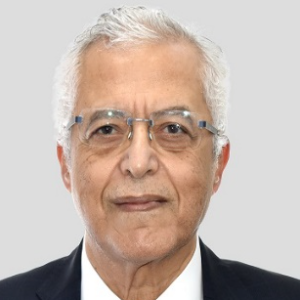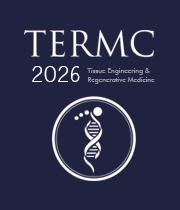Ex Vivo And In Vivo Implantation
Tissue engineering aims to develop living, autologous neo tissues that can be utilized to repair or replace sick, damaged, or congenitally missing tissues. Implantation is a one-of-a-kind event in mammalian development in which an exchange interface between the embryo and the maternal tissues is established. In the mid-1980s, tissue engineering was promoted as a novel and promising field. The ability of cells to migrate and multiply in a growth-inducing medium sparked a lot of excitement about the possibility of creating custom-shaped bio constructs for tissue regeneration. Tissue engineering is a unique multidisciplinary translational arena in which biomaterial engineering concepts, cell and gene molecular biology, and clinical reconstructive sciences will interact extensively thanks to the joint efforts of scientists, engineers, and clinicians. However, due to the inherent complexity of human tissues, the speed of translation of in vitro tissue engineering sciences into clinical reality is quite slow, despite the high hopes. The timing in which tissue engineering will be successfully adopted into our clinical practice will be determined by the regulated induction of vascular networks using ex vivo or in situ techniques. To avoid the invasion of undesired tissues, an ex vivo technique would necessitate quick reperfusion once the regenerated tissue was 'transplanted' in situ. This would be practically possible if macroscopic blood vessels could be grown ex vivo within the construct and then microsurgically linked to a vascular pedicle – artery and vein – at the recipient site.

Nagy Habib
Imperial College London, United Kingdom
Lucie Bacakova
Institute of Physiology of the Czech Academy of Sciences, Czech Republic



Title : AI-integrated high-throughput tissue-chip for space-based biomanufacturing applications
Kunal Mitra, Florida Tech, United States
Title : Stem cell technologies to integrate biodesign related tissue engineering within the frame of cell based regenerative medicine: towards the preventive therapeutic and rehabilitative resources and benefits
Sergey Suchkov, N.D. Zelinskii Institute for Organic Chemistry of the Russian Academy of Sciences, Russian Federation
Title : In vitro evaluation of lyophilized Dedifferentiated Fat cells (DFAT) impregnated artificial dermis
Kazutaka Soejima, Nihon University, School of Medicine, Japan
Title :
Nagy Habib, Imperial College London, United Kingdom
Title :
Alexander Seifalian, Nanotechnology & Regenerative Medicine Commercialisation Centre, United Kingdom
Title : The regenerative medicine of the future
Marco Polettini, DVM, Italy